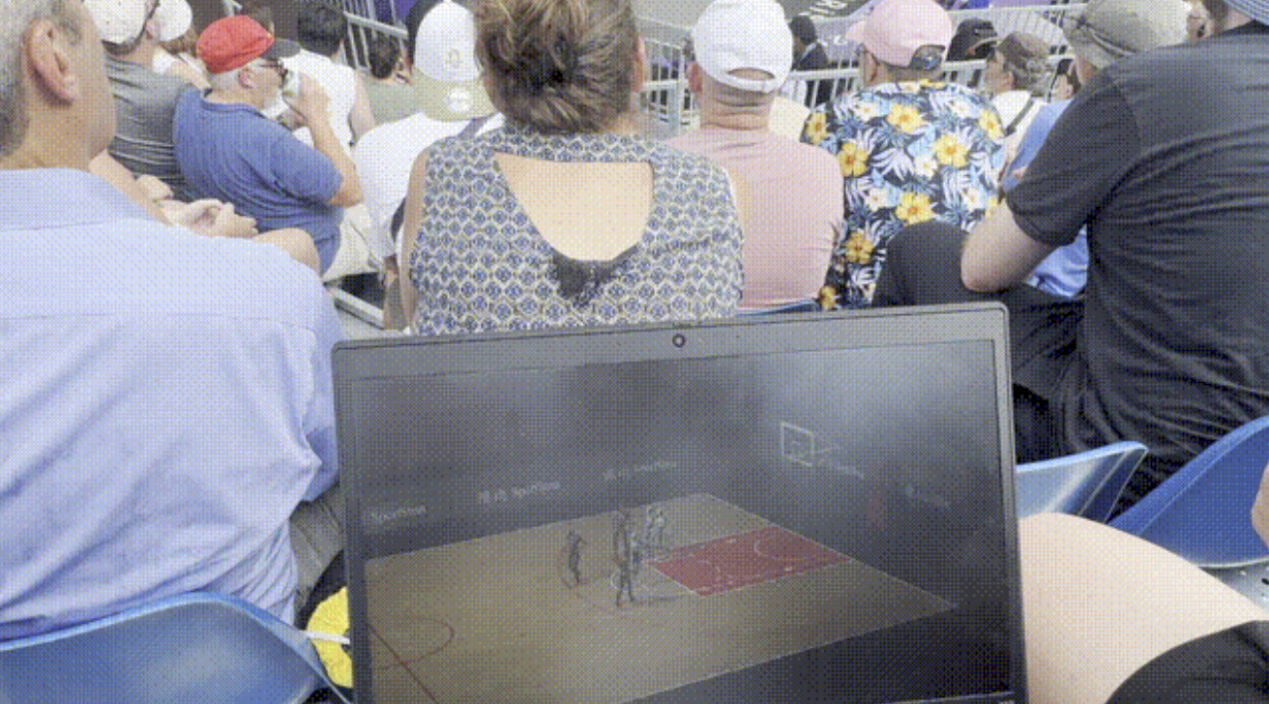While the Paris Olympic Games came to an end, inside and outside the stadiums, original AI from China also brought a more intelligent competitive and watching experience to players and spectators, helping to improve both the level of sports competition and the effect of media broadcasting.
On the sports training side, Shanghai Artificial Intelligence Laboratory provided players with accurate and comprehensive technical and tactical indicator reference through InternLM’s real-time analysis big model of sports skills and tactics. On the event presentation side, innovative AI media editing technology was used to empower CCTV’s Listening Media Model, helping CCTV improve efficiency, and at the same time allowing the audience to experience exciting events from more professional angles through the screens.
During this Olympic Games, InternLM broke through the technical barrier that video could not be merely analyzed, and realized the ability to obtain technical and tactical indicators only based on single TV PGM signal (i.e., final broadcast signal). There is no need to set up additional multi-camera image acquisition in the stadiums, which effectively improves the real-time and efficiency of monitoring and analysis. By constructing a 3D model of the venue and a 3D motion capture algorithm, InternLM provided full data analysis and strategy optimization support for the three-person basketball national team. Meanwhile, with the deep integration of multi-modal technology and sports expert knowledge base, InternLM can also automatically generate short videos of analysis and interpretation to provide reference suggestions for athletes and coaching staff.
In the women's singles tennis gold medal match of Paris Olympic Games, Chinese player Zheng Qinwen defeated Croatian player to win the gold medal, making a historic achievement in Chinese tennis, during which InternLM intuitively presented the ball speed and angle of Zheng Qinwen's attack.








